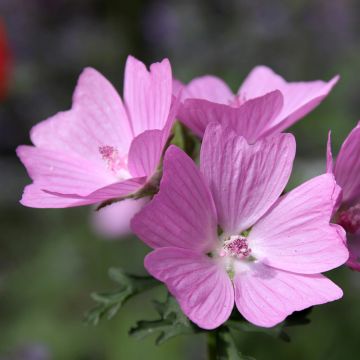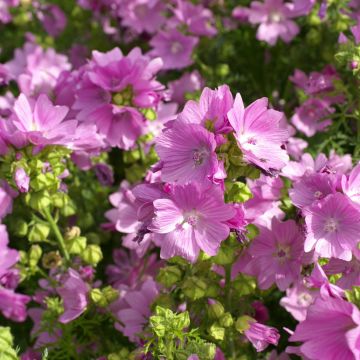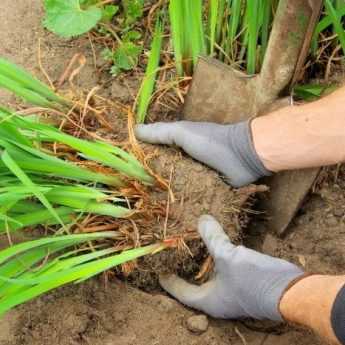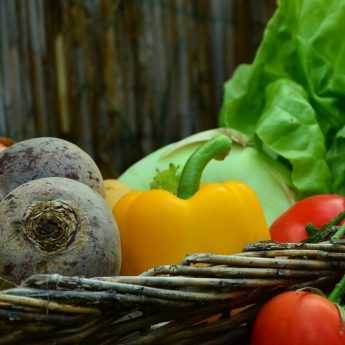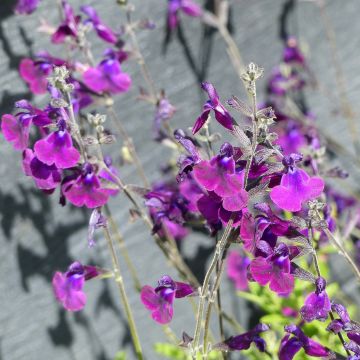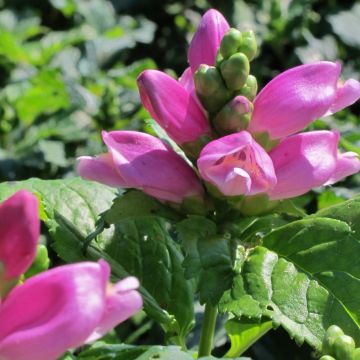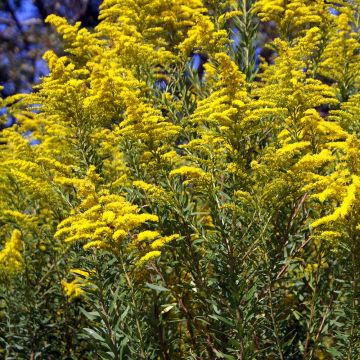

Malva sylvestris Primley Blue - Mallow


Malva sylvestris Primley Blue - Mallow


Malva sylvestris Primley Blue - Mallow
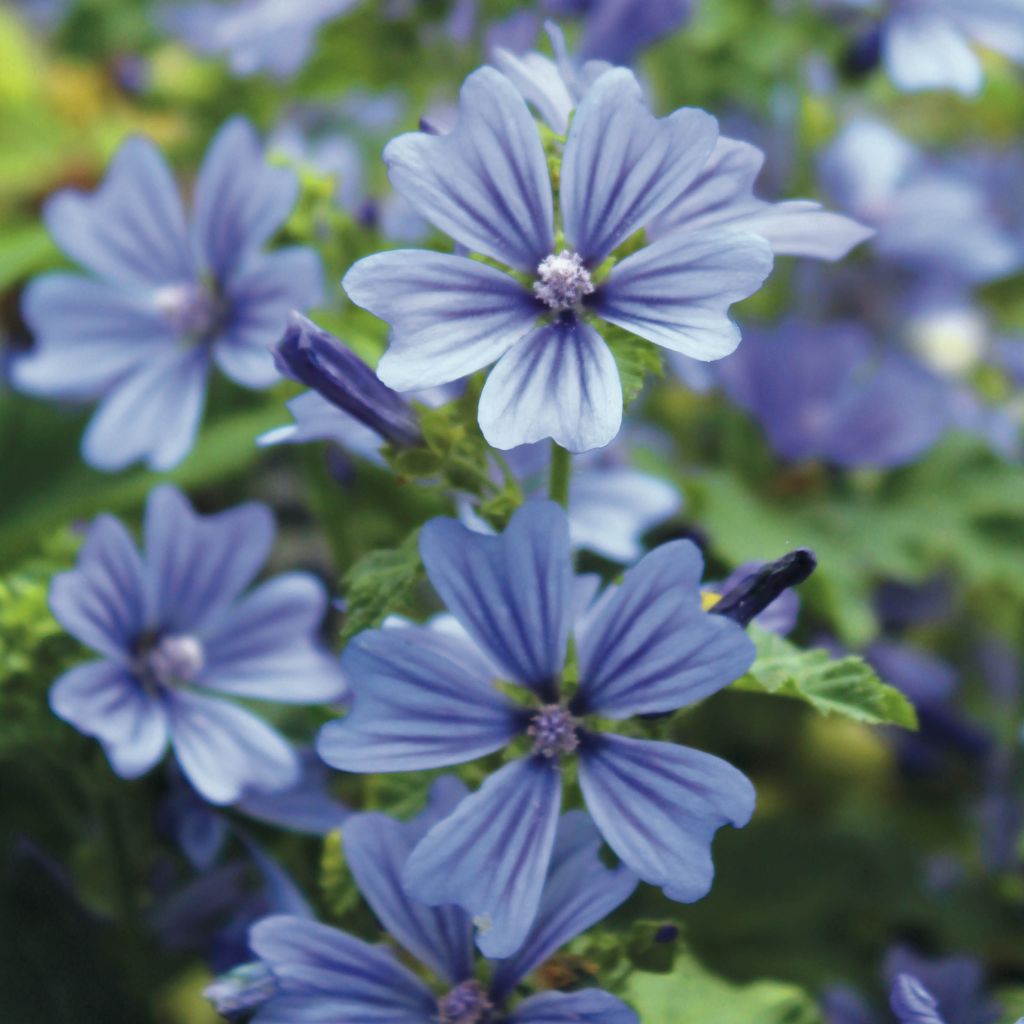

Malva sylvestris Primley Blue - Mallow


Malva sylvestris Primley Blue - Mallow
Malva sylvestris Primley Blue - Mallow
Malva sylvestris Primley Blue
Common Mallow, Cheese Flower, High Mallow, Hock, Marsh Mallow
This item cannot be shipped to the selected country
Delivery charge from €6.90
More information
Delivery charge from €6.90
More information
Schedule delivery date,
and select date in basket
This plant carries a 12 months recovery warranty
More information
We guarantee the quality of our plants for a full growing cycle, and will replace at our expense any plant that fails to recover under normal climatic and planting conditions.
From €7.90 for pickup delivery and €6.90 for home delivery
Express home delivery from €8.90.
Does this plant fit my garden?
Set up your Plantfit profile →
Description
Malva sylvestris 'Primley Blue' is one of the smallest varieties of common mallow. This plant, more biennial than perennial, has a strangely prostrate habit, and tirelessly produces clusters of small, deeply notched flowers, with a delightful mauve colour heavily veined with dark blue-violet. This plant is easy to grow in partial shade or in the sun and provides a magnificent display throughout summer, even in its first year of cultivation. It is hardy, can tolerate almost any soil, and is drought tolerant.
Malva sylvestris, also known as high mallow, is a medicinal plant native to sunny fallow lands and woodlands in Europe, Asia, and North Africa. It belongs to the Malvaceae family, like the marsh mallow (Althaea officinalis) used by pharmacists.
'Primley Blue' is a top-notch horticultural selection. It is a prostrate biennial plant, measuring 30 to 50cm (12 to 20in) in height when flowering and occupying 50 to 60cm (20 to 24in) of ground space. In spring, it quickly forms a clump of large, cordate to rounded leaves, which are slightly lobed and crenate, with a dark, rich green colour. The flowering period is from June to September. The flowers are arranged in well-distributed clusters on sturdy stems, displaying perfect patterns and colour harmony. Against the pale mauve background of their 5-lobed corollas, veins resembling slender flames are drawn, in a dark blue almost indigo shade. The flowering attracts pollinating insects.
'Primley Blue' wood mallow, a classic in cottage gardens, is ideal in natural areas, on large banks. It works well with lavatera, with which it shares a family resemblance. It also pairs well with hybrid mulleins or small thistles (Echinops ritro), Centaurea dealbata, nigellas, and annual poppies.
The common mallow of our countryside is also a food plant. Its young leaves are consumed as a vegetable in Morocco, just like spinach, prepared with lemon juice. It is a delicious dish and useful for promoting intestinal transit. This plant is also known for soothing burns and digestive disorders. In Mediterranean cuisine, it is also used raw in salads. Nowadays, it is used in the preparation of soothing balms.
Malva sylvestris Primley Blue - Mallow in pictures




Flowering
Foliage
Plant habit
Botanical data
Malva
sylvestris
Primley Blue
Malvaceae
Common Mallow, Cheese Flower, High Mallow, Hock, Marsh Mallow
Cultivar or hybrid
Other Purple Malva - Mallow
View all →Planting and care
The wild mallow and its varieties can be planted in full sun, shade, or partial shade, in moist but well-drained soil that is not too fertile. It will even grow in limestone soil. In heavy or wet soil, add draining materials such as river sand or gravel. Mallows live longer in poor soils that are not too wet in winter, although they are more beautiful in fertile and moist soil. They adapt very well to the seaside.
Like all other species of the genus, this dwarf mallow 'Primley Blue' can be susceptible to rust, which is more unsightly than truly dangerous for the plant. Humid conditions favour the appearance of the disease. Close to lavateras, this plant is, however, a little less hardy. Cut it back every spring as one would do for the latter.
Planting period
Intended location
Care
Planting & care advice
-
, onOrder confirmed
Reply from on Promesse de fleurs
Summer flowering perennials
Haven't found what you were looking for?
Hardiness is the lowest winter temperature a plant can endure without suffering serious damage or even dying. However, hardiness is affected by location (a sheltered area, such as a patio), protection (winter cover) and soil type (hardiness is improved by well-drained soil).

Photo Sharing Terms & Conditions
In order to encourage gardeners to interact and share their experiences, Promesse de fleurs offers various media enabling content to be uploaded onto its Site - in particular via the ‘Photo sharing’ module.
The User agrees to refrain from:
- Posting any content that is illegal, prejudicial, insulting, racist, inciteful to hatred, revisionist, contrary to public decency, that infringes on privacy or on the privacy rights of third parties, in particular the publicity rights of persons and goods, intellectual property rights, or the right to privacy.
- Submitting content on behalf of a third party;
- Impersonate the identity of a third party and/or publish any personal information about a third party;
In general, the User undertakes to refrain from any unethical behaviour.
All Content (in particular text, comments, files, images, photos, videos, creative works, etc.), which may be subject to property or intellectual property rights, image or other private rights, shall remain the property of the User, subject to the limited rights granted by the terms of the licence granted by Promesse de fleurs as stated below. Users are at liberty to publish or not to publish such Content on the Site, notably via the ‘Photo Sharing’ facility, and accept that this Content shall be made public and freely accessible, notably on the Internet.
Users further acknowledge, undertake to have ,and guarantee that they hold all necessary rights and permissions to publish such material on the Site, in particular with regard to the legislation in force pertaining to any privacy, property, intellectual property, image, or contractual rights, or rights of any other nature. By publishing such Content on the Site, Users acknowledge accepting full liability as publishers of the Content within the meaning of the law, and grant Promesse de fleurs, free of charge, an inclusive, worldwide licence for the said Content for the entire duration of its publication, including all reproduction, representation, up/downloading, displaying, performing, transmission, and storage rights.
Users also grant permission for their name to be linked to the Content and accept that this link may not always be made available.
By engaging in posting material, Users consent to their Content becoming automatically accessible on the Internet, in particular on other sites and/or blogs and/or web pages of the Promesse de fleurs site, including in particular social pages and the Promesse de fleurs catalogue.
Users may secure the removal of entrusted content free of charge by issuing a simple request via our contact form.


































